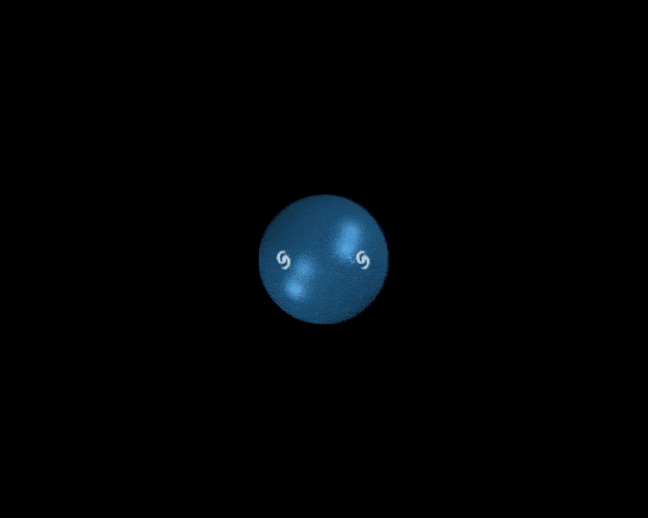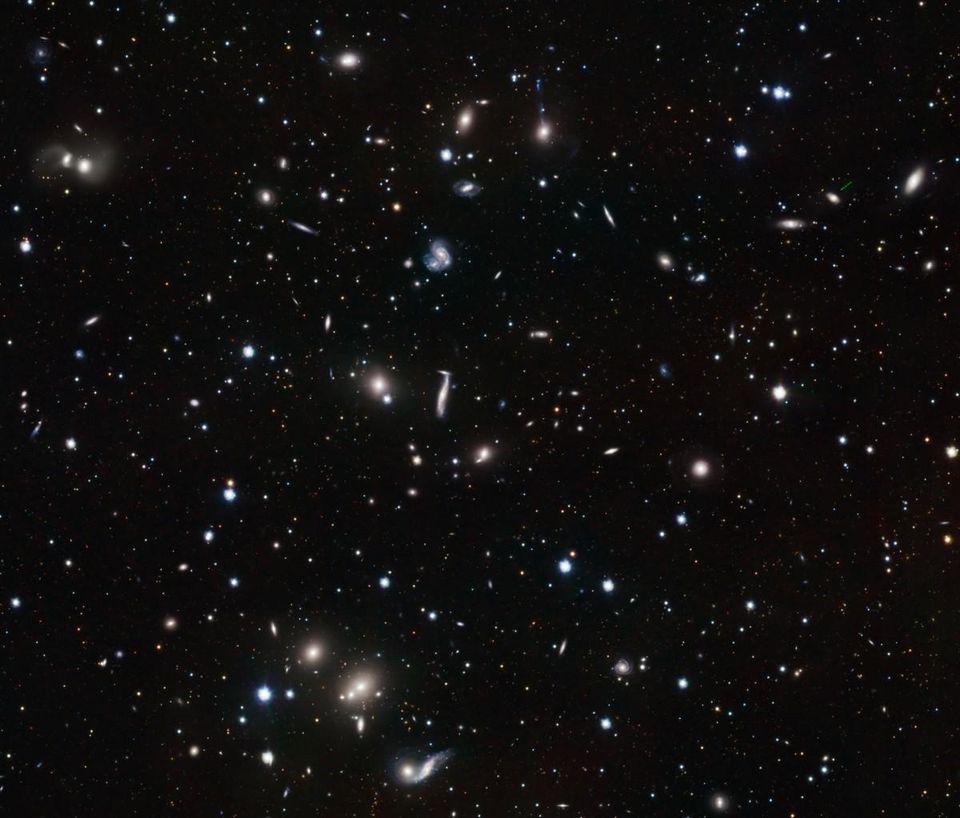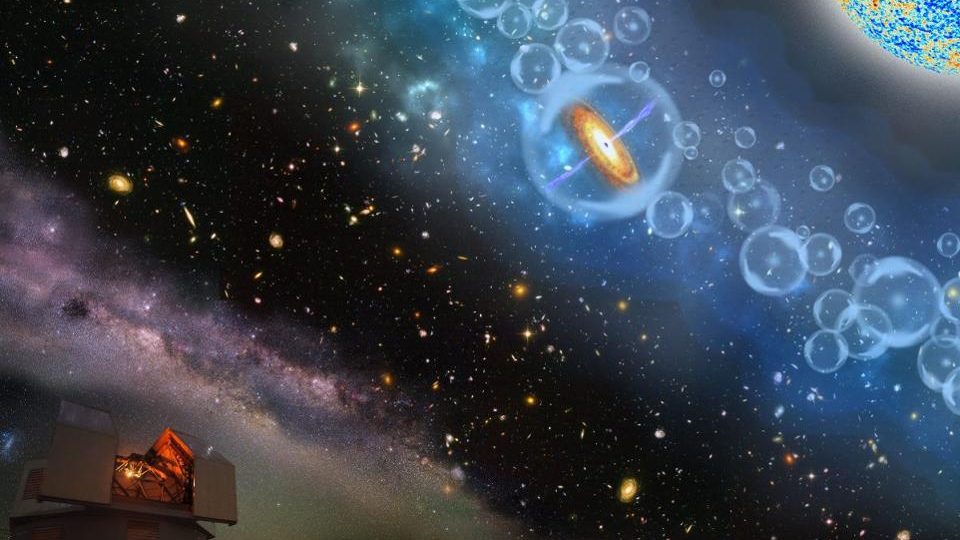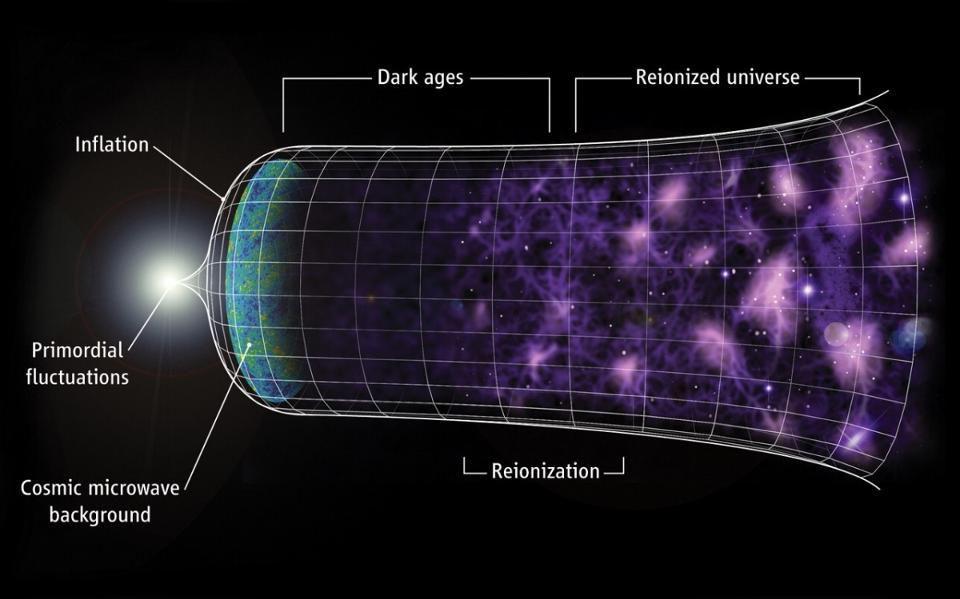The key lesson to learn from science’s greatest debate
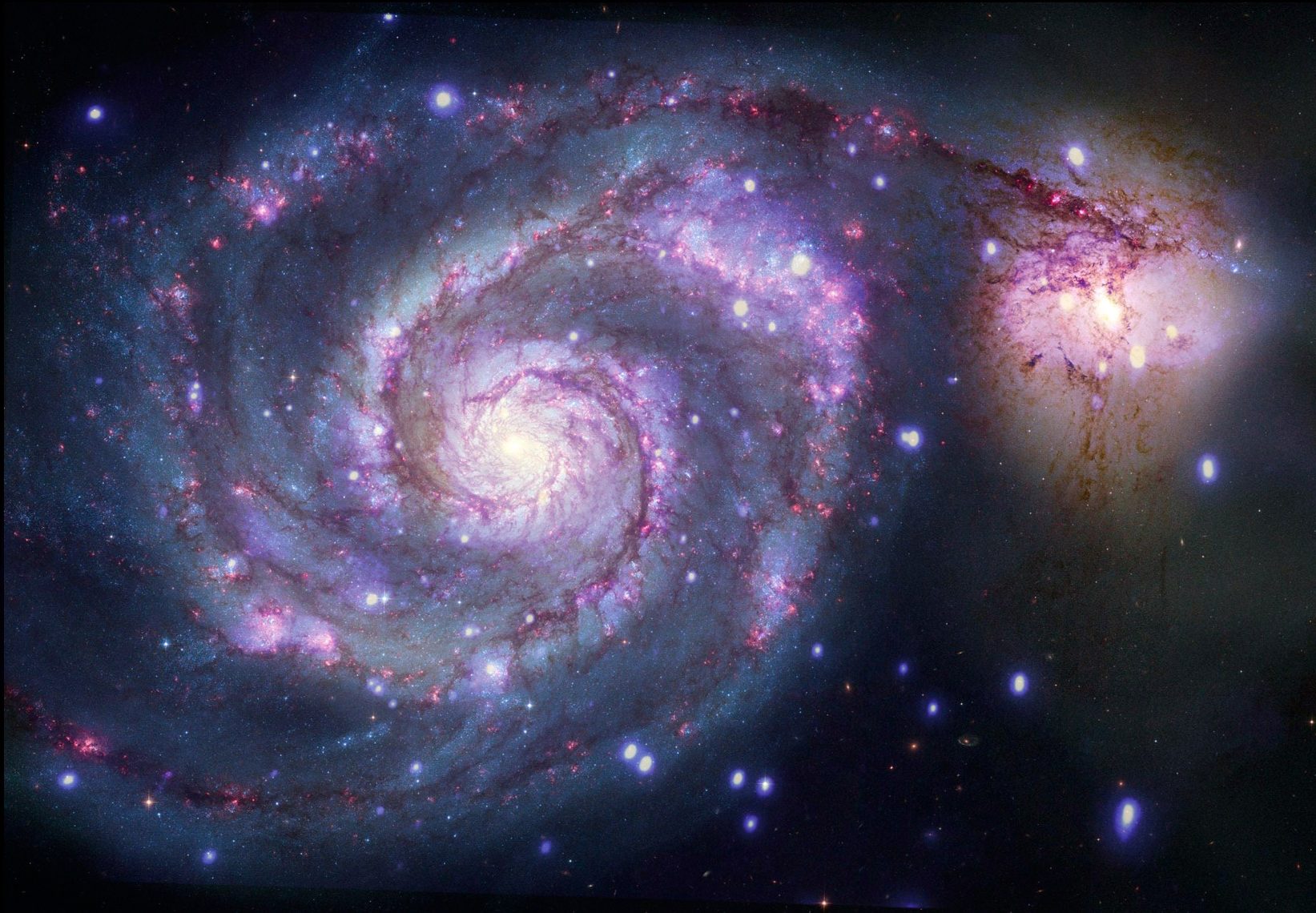
- Since the 1800s, we knew of spiral and elliptical nebulae in the skies, but we had no idea whether they were galaxies unto themselves, or distant objects within the Milky Way.
- In 1920, a great debate was held between Harlow Shapley and Heber Curtis, where each side argued vigorously in support of their preferred position, and how to best interpret the evidence.
- Despite one side being deemed the victor in the debate, nothing at all was settled or learned from the endeavor. Only years later, in 1923, did the critical evidence finally decide the issue.
So, you’ve arrived at a crossroads: you think the world works in a certain way, but someone else disagrees with you and thinks the world works in a different way. You’ve both got your reasons as to why you’re convinced that your way is right and the other person is wrong, but for some reason, you cannot come to an agreement with one another. Despite agreeing on the facts and the evidence, you don’t agree on how to interpret them, and you’re both unable to convince the other of their folly.
In most arenas of life, you’d rightfully chalk this up to a difference of opinion. But in science, opinions don’t really matter: the world and Universe really do behave in a particular fashion. Either your conception of how the world works agrees with reality, in which case it’s valid, or it doesn’t, in which case it isn’t. Yet scientific arguments and debates happen all the time, even though they never settle anything. The only solution that’s scientifically valid is to obtain the critical evidence: a lesson we all need to be reminded of.
In 1920, science’s greatest debate, ever, took place. Although a victor was crowned, it was hollow and meaningless. Only years later, with Edwin Hubble’s critical, world-shattering observations, was the science decided.
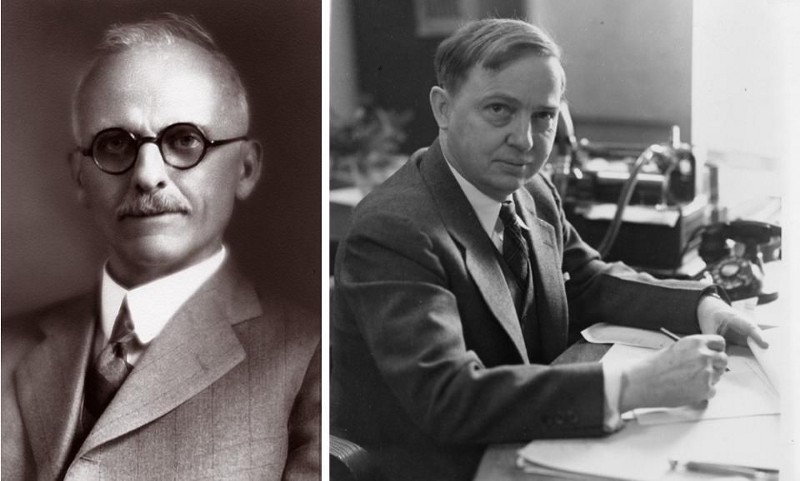
On April 26, 1920 — more than a full century ago — the most famous debate in the history of astronomy was held: simply known as The Great Debate. Two well-respected astronomers, Harlow Shapley and Heber Curtis, took on the important question of what, exactly, those spiral “nebulae” in the night sky actually were. The two lines of thought were as follows:
- These are protostars, in the process of becoming stars and even Solar Systems, located within our own galaxy, which is much larger in size and extent than typically thought.
- These are their own galaxies, or “island Universes,” located at distances so great that they must be outside of the Milky Way entirely.
The format of the debate was that six pieces of evidence would be presented, each side would present their interpretation of the evidence, and a panel of astronomers would declare a winner on each point and then decide the victor at the end.
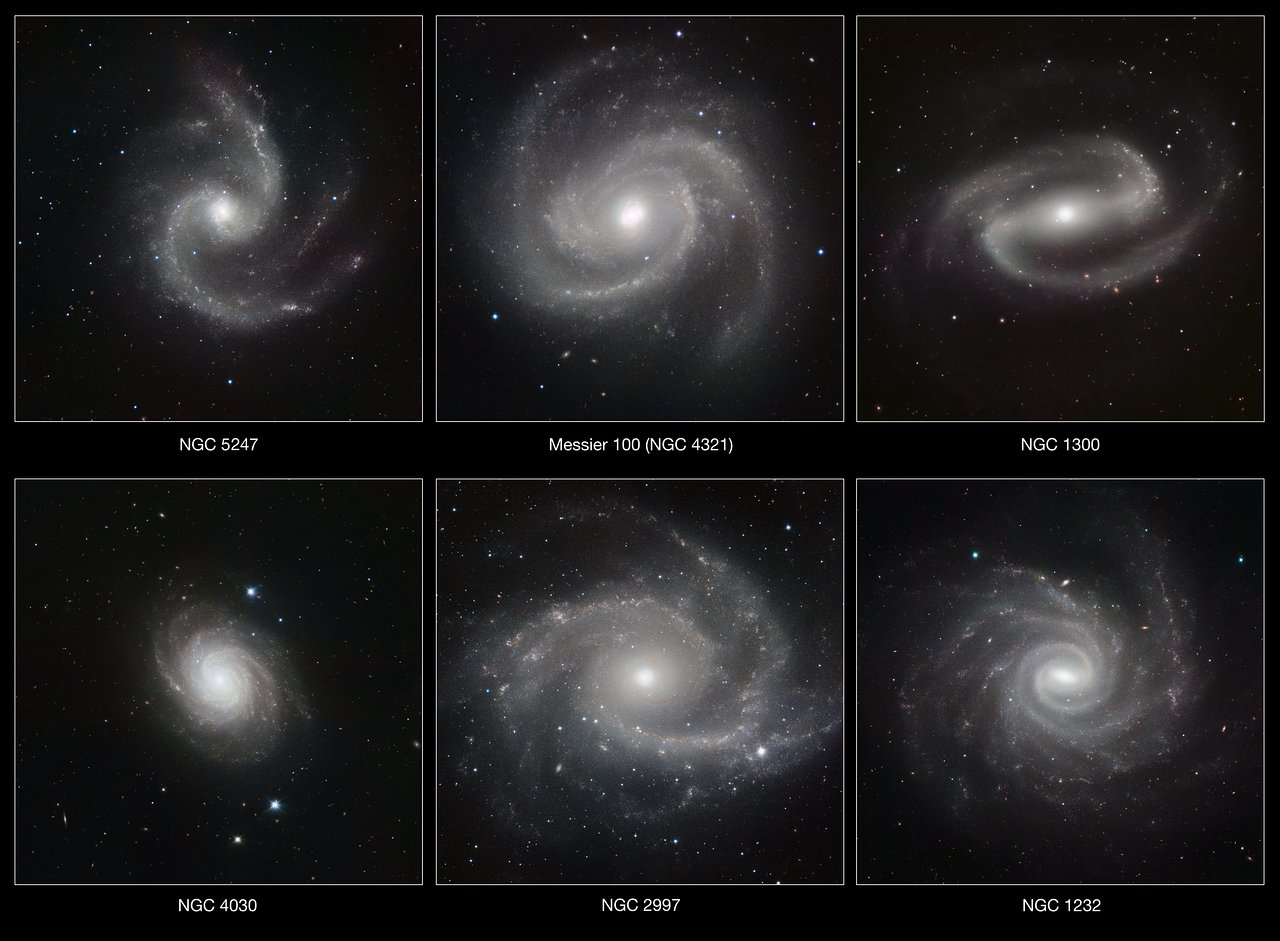
This was a brilliant exercise in one respect, as it forced both sides to confront a large suite of evidence from many disparate observations and measurements. It demanded that they reckon with points that were inconvenient for their line-of-thinking, and were strong points in favor of the opposition argument. And it compelled them to think of ways to reconcile their ideas with what had already been seen.
But it also consisted of a tremendous fallacy: that voting or point-scoring could have anything to do with “settling” the debate. Whenever or wherever you’re missing the critical evidence that would allow an impartial observer to draw an unambiguous conclusion, you cannot obtain a robust scientific consensus. Voting on science is antithetical to the idea of science itself, but debates can be useful for raising issues that help clarify exactly what evidence you’d need to convince the other side, and thereby achieve a consensus.
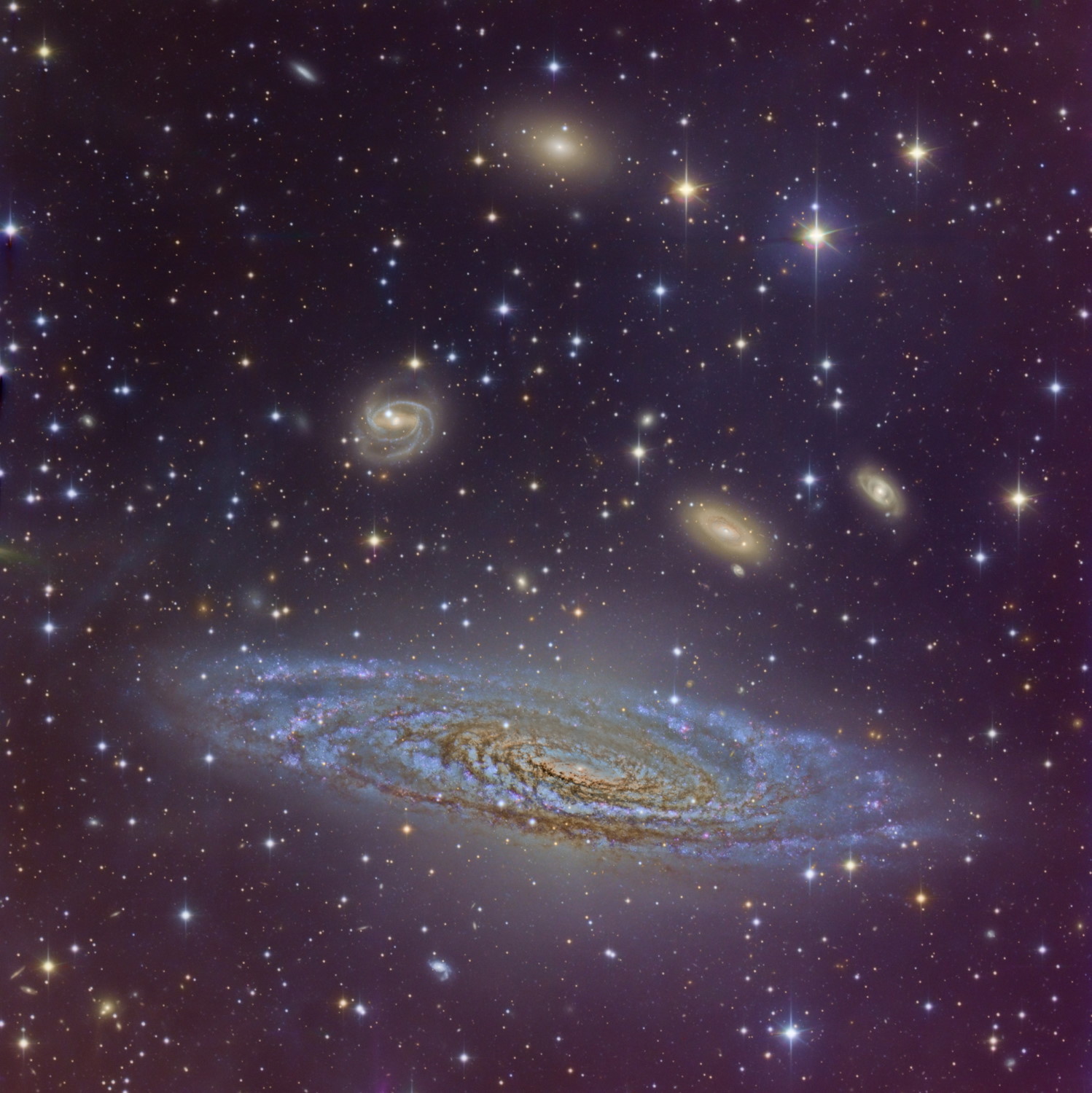
For the Shapley-Curtis debate, most of us know how that ultimately turned out. You’ve probably heard about “spiral galaxies,” and that the Milky Way is one of them, and that’s all true. But you might not have known that 100 years ago, most professionals thought that the Milky Way was small: only a few thousand light-years in size. We had no concept of what a large-scale structure might mean for our Universe, and had no inkling about the Big Bang or our cosmic origins.
But that’s not a flaw or a fault: we only have whatever evidence we’ve accumulated at any point in time to go off of. And when it came to the question of the nature of these spiral nebulae, there were six pieces of evidence that seemed to be extremely important, as of 1920, that were guiding the leading thought in astronomy. Here’s what they were.
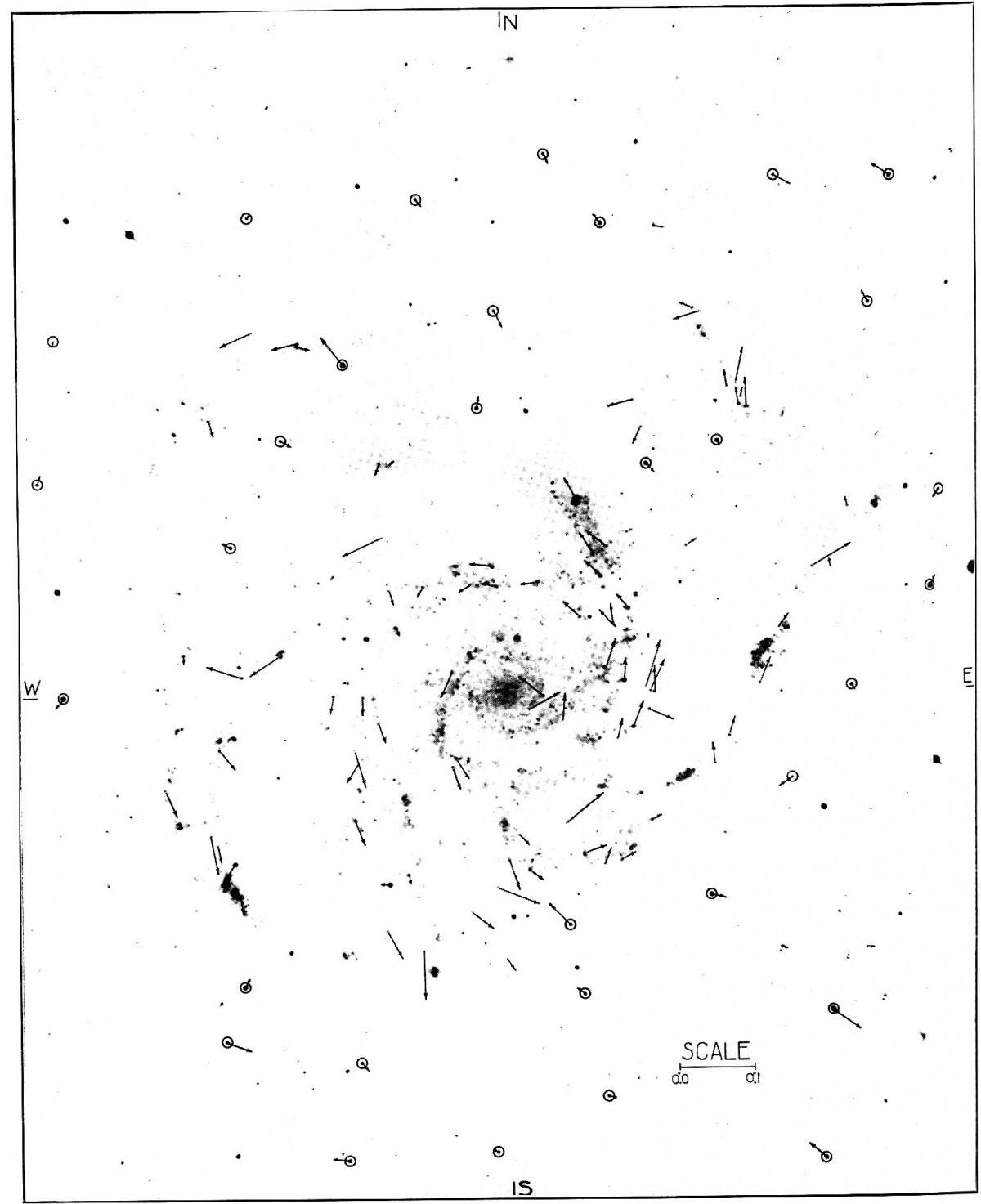
1.) A face-on spiral was seen to rotate. The galaxy M101, known today as the Pinwheel Galaxy, had been observed for many years, and individual features appeared to be showing a rotation over time. The observations were right at the limits of the equipment, but if they were correct, it meant these objects could not be large and distant or their motions would exceed the speed of light. (Modern observations disagree with this; the data was flawed.)
2.) Flaring nova-like objects were seen in M31 (Andromeda), but were incredibly faint. There were more novae seen in M31 than in the entire Milky Way, and they exhibited the same “flaring” behavior but were dozens of times fainter, translating into distances that were hundreds or even thousands of times farther away. (Modern observations confirm this.)

3.) The spirals had their own unique spectra, and didn’t match any known stars. How can it be a protostar if it doesn’t look like any known star? Curtis, arguing for the galaxy interpretation, theorized that these objects were made up of large numbers of stars, and were dominated by the brightest, bluest, hottest ones and the environments surrounding them. Shapley, arguing that they were protostars, also claimed that these were not yet fully formed stars, and should have their own unique spectra instead. (We didn’t understand ionization yet, and that’s what caused the unknown signatures: around the hottest, bluest stars within a galaxy, as Curtis conjectured.)
4.) There were no spirals in the plane of the Milky Way. The plane of the Milky Way is where we see the most stars. So why, then, are there no spirals in them? If they’re galaxies beyond the Milky Way, then the plane of the galaxy blocks them, and that’s why they’re invisible. But if they’re protostars, Shapley argued, perhaps the Milky Way is much bigger than expected, and the Sun is far from its center, which means that in-plane dust blocks the protostar light, too. (Both are correct: the galaxy is large, the Sun is far from the center, and dust blocks this extragalactic light.)
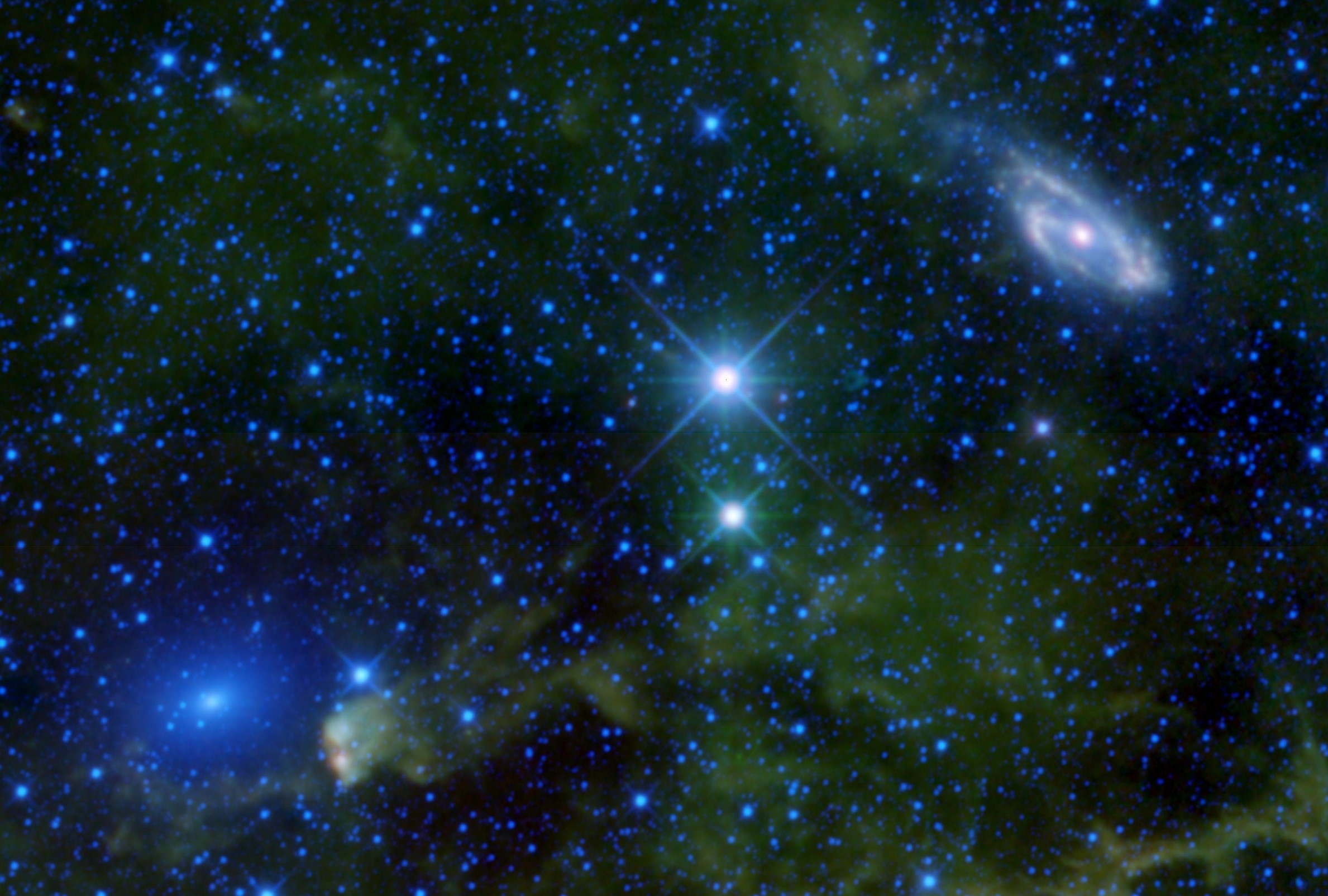
5.) The known stars, if placed at a great distance, would not explain the spirals we see. If you were to say, “All the stars we observe are typical for a galaxy,” and placed them far outside of the Milky Way, what would you see? The answer would be a faint collection of point sources, inconsistent with the observed spirals. Therefore, perhaps spirals weren’t distant “island Universes” after all. (But we only knew about ~0.01% of the Milky Way’s stars, or extent, at the time.)
6.) Many of these spiral nebulae were moving too fast to be gravitationally bound to the Milky Way. When we look at the stars in our galaxy, they move at tens to a few hundreds of km/s relative to our Sun. But these spirals move at many hundreds or even thousands of km/s relative to us. With those speeds, they must be gravitationally unbound from us; they’ll escape into intergalactic space if they aren’t there already. (When we finally measured the distances to these objects, the redshift-distance relation, or Hubble’s Law, shortly followed.)
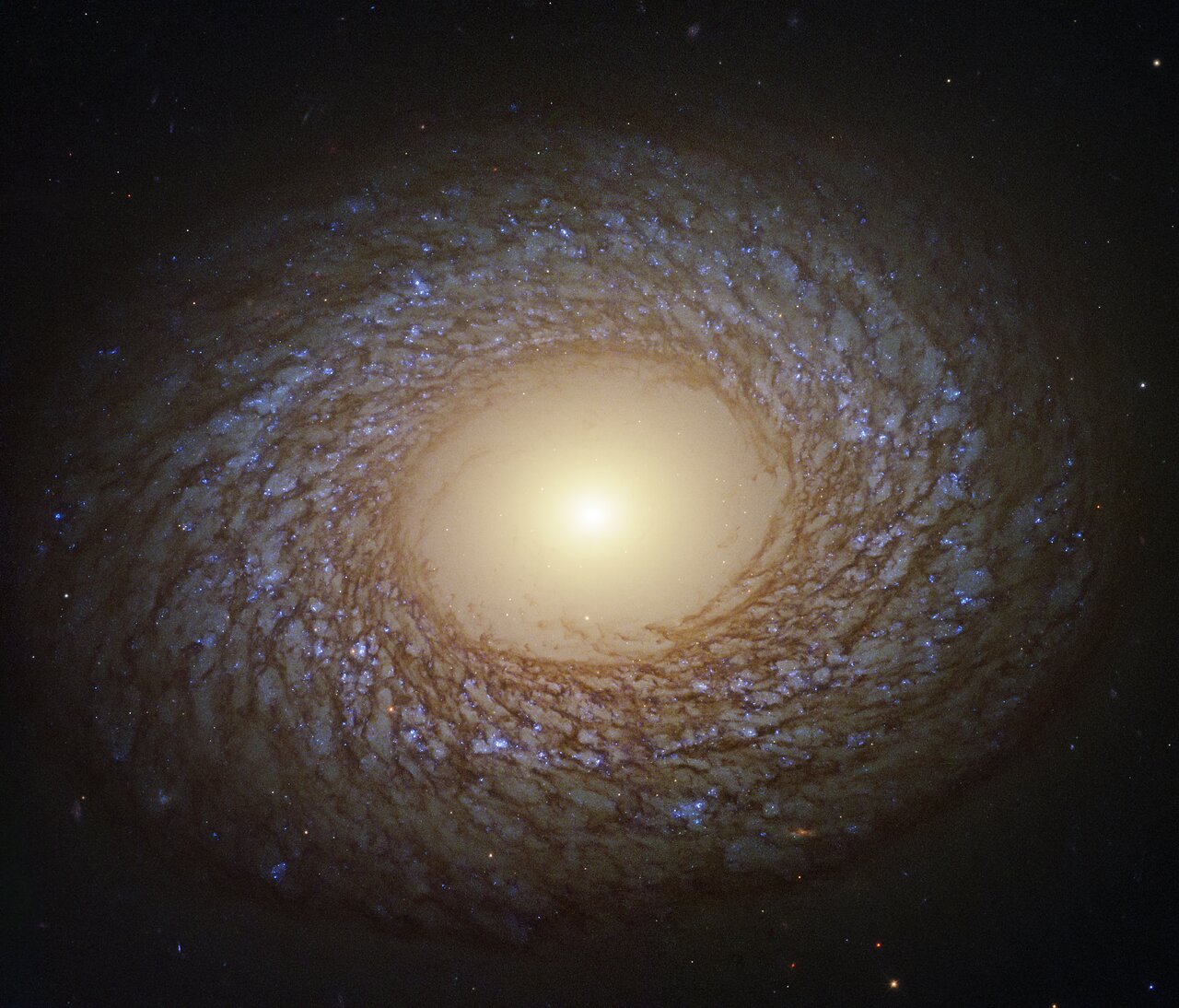
Most astronomers, going into this debate, sided with Shapley and the protostar explanation. Although Curtis made some excellent points, many of which would later have their validity robustly demonstrated by future observations, the debate hardly changed anyone’s mind. Most points went to Shapley; few astronomers thought Curtis had won. The democratic nature of the debate meant that they awarded Curtis just one point, Shapley four and called one point a tie. The “island Universe” hypothesis was not strengthened by this debate at all.
And in some sense, Shapley truly was correct. The Milky Way was much larger than we thought. The Sun was not at the center of our galaxy, and the entire Milky Way was perhaps a hundred thousand, not a few thousand, light-years from end to end. It is a dusty place, particularly in the center of the Milky Way’s plane. And protostars and protoplanetary disks are actually real things, somewhat similar in shape to the spiral nebulae we were looking at through our telescopes.

But Curtis would turn out to be far more correct in his assessment of matters than Shapley was, despite being declared the loser of the debate. These spiral nebulae we were viewing weren’t protostars at all. The “rotating nebula” point was based on bad data, and was unable to be replicated by any further studies. Furthermore, the stars we find in other galaxies are neither Sun-like on average nor are they typical of stars we see in our night sky. Ionization and dust play important roles in the observations of distant galaxies.
But the most important point of all is how utterly useless the debate was for deciding anything meaningful or long-lasting at all.
What did decide matters were the subsequent observations of Edwin Hubble, which involved finding and identifying not only novae in these spiral nebulae, but a particular type of variable star: Cepheids. From these Cepheid variables, we could actually compute a distance to these nebulae, and found them to be on the order of millions of light-years away, placing them far outside the Milky Way. The debate was settled not by superior arguments, but by new, superior evidence. That 1923 finding, a full century old this year, was what truly answered this burning scientific question.
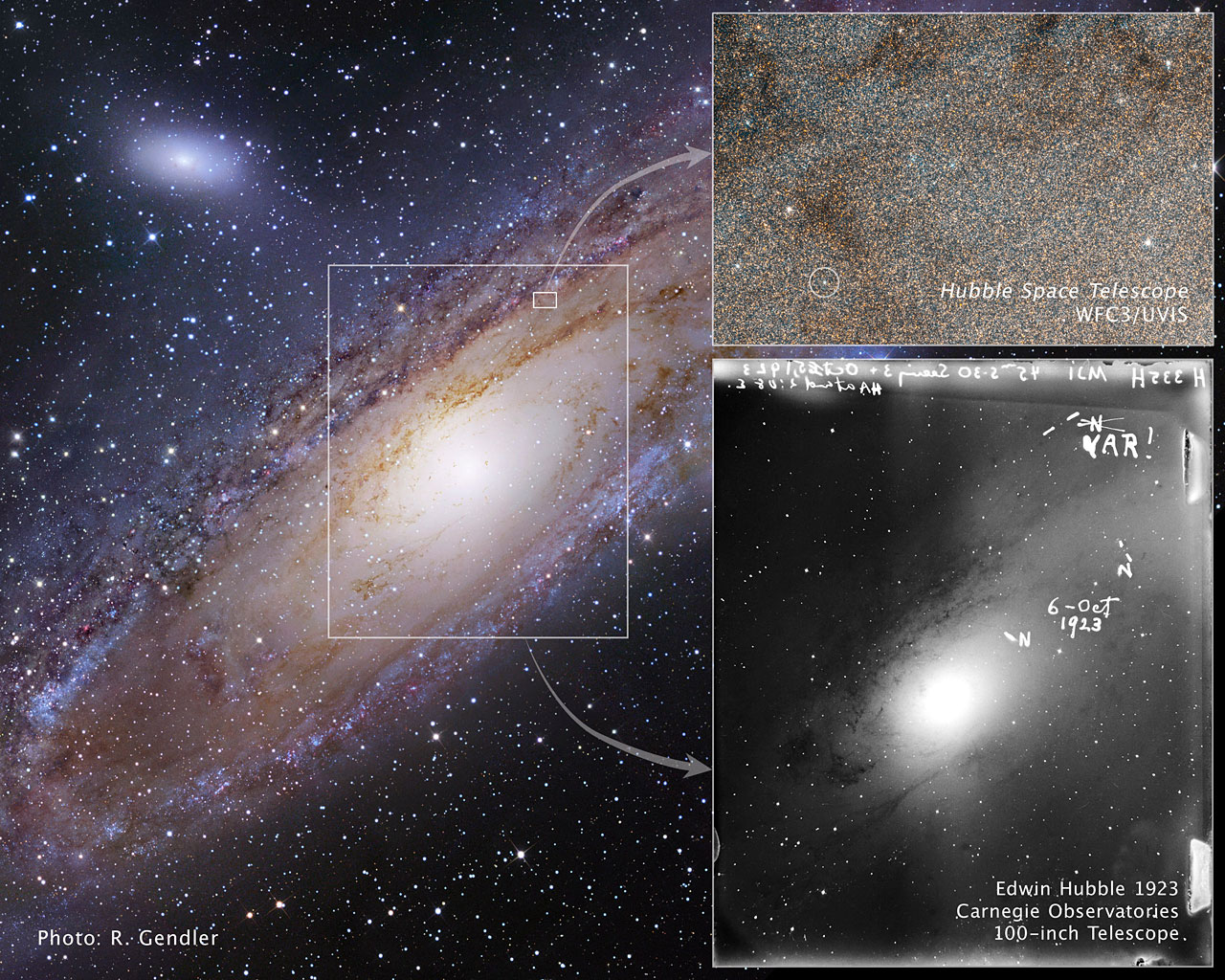
The most important rule in any scientific debate is this: it doesn’t matter who wins the debate. It doesn’t matter who makes the better argument; it doesn’t matter who convinces more people; it doesn’t matter who votes with you. When it comes to science, the very ideals of democracy are completely irrelevant.
What matters is that, scientifically, you identify the key points of evidence that could definitively settle the contentious issues, and then you do your best to go out and find that evidence. Once that evidence is in your hands, you follow it wherever it leads.
There are many issues today that people have polarizing opinions on, and debates are often tools to help us make up our minds. But in realms where there is a scientific answer out there, debates will never help us decide; they will only reinforce whatever biases we may have going into them. Debates are only useful to a scientist insofar as they help us identify what issues need to be clarified in order to determine the answer. In that respect, and perhaps in that respect alone, the 1920 Shapley-Curtis debate truly was a great one. May we all learn those necessary lessons for every science-and-society issue we face today.
